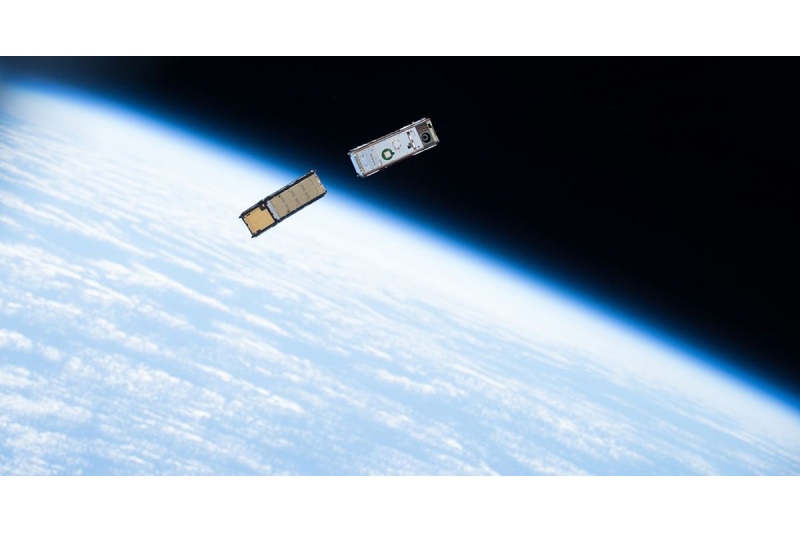A new range of compact satellite buses intended for use in geostationary Earth orbit will be produced, according to proposals revealed by satellite maker Terran Orbital.
The company said that it will launch a new bus called SmallSat GEO for satellites weighing more than 500 kg to compete in the so-called small GEO satellite market.
A new class of spacecraft called small GEO satellites is intended to operate in geostationary orbit 22,236 miles above the surface of the Earth. Large, heavyweight communications satellites that beam data to permanently oriented antennas on the ground have historically occupied this orbital perch.
Traditionally used for low-Earth orbit deployments, small satellites are increasingly being made available as a more adaptable substitute for geostationary applications. Generally speaking, they weigh between 400 and 1,700 kg, as opposed to tons for conventional GEO satellites.
Small geosynchronous satellites are being investigated by both military and commercial operators as a way to improve communications networks.
Shifting the Market to Smaller Sizes
The CEO and co-founder of Terran Orbital, Marc Bell, stated in a news release on March 14 that “the geosynchronous market is moving more towards small satellites with more and more GEO spacecraft ordered in the small size class.”
“We can bring our LEO small satellite heritage to GEO,” Bell said. “Terran Orbital is leveraging its investment in a 94,000 square-foot manufacturing facility, as well as three previous GEO missions, to expand into this market.”
In Irvine, California, Terran Orbital manufactures small satellites for use by the government and business sectors. Lockheed Martin, a defense contractor and significant investor, has submitted an offer to buy the business.
Topics #satellites #Terran Orbital










